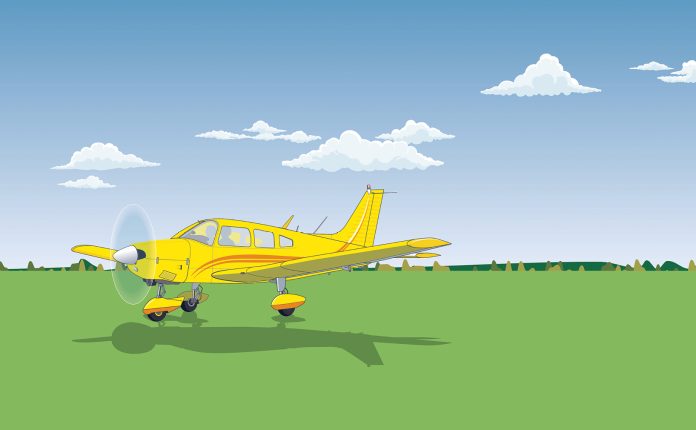Under pressure to rush, this pilot came close to danger.
I had finally reached the navigation stage of my flight training and was excited to go and take a look at some non-controlled airspace.
I was training in a Cessna 172 and to date, most of my flying had been restricted to the Class D airspace at Camden Airport and its associated training area.
Although the airspace around Camden was fairly busy, it didn’t take me very long to build a picture of where the traffic was in my vicinity. Aircraft would typically arrive via the reporting points and the control tower would provide them with instructions of how to join the circuit.
At times, waiting at the runway holding point was a little frustrating. I would watch aircraft fly their way around the entire circuit and file in one after the other to land, while I waited patiently for a gap large enough so the tower could give me a ‘clear for take-off’.
On this particular day, the weather was perfect for flying and there was no concern in the forecast about difficult crosswinds or reduced visibility. The most challenging part of the flight was dealing with the overwhelming amount of new information, as I learnt to navigate from my chart and join an unfamiliar circuit without the assistance of a tower to tell me which direction to land.
I had successfully made it all the way to Bathurst Airport and, although the weather was perfect for flying, it was quiet. During the time I took to refuel the aircraft and reorganise my flight plan, I didn’t see or hear any other aircraft movements, so I wasn’t surprised to hear the aerodrome frequency response unit (ARFU) respond with an automated ‘Bathurst CTAF’ when I gave my taxi call. The ARFU transmits a voice message if the CTAF has not been used for 5 minutes.
I was at the holding point for runway 35 and stopped to take one last look for any traffic. As I took my time to scan around, my instructor exhaled and said, ‘Why are we still stopped? C’mon, let’s go!’.
To be fair, I am a very safety conscious pilot and this, in combination with the overwhelming number of tasks associated with navigating an aircraft, meant that nothing on this flight was going to happen fast. However, as I leaned forward in my seat, I spotted an aircraft on short final for runway 35.
Until I saw this aircraft, there was no other indicator it was in our vicinity. It had not made any radio calls on the Bathurst CTAF and its location was visually obscured from my instructor’s vision, due to the blind spots created by the Cessna cockpit and wing.
Given the lack of radio activity, had I proceeded with the assumption that no traffic was present and rolled onto the runway without undertaking a thorough scan, it is possible we could have collided with the landing aircraft.
It had not made any radio calls on the Bathurst CTAF.
Lessons learnt
- Radio calls can assist with situational awareness but should be used in combination with a thorough scan for traffic.
- Be aware of blind spots. The large, high wing of Cessna aircraft and cockpit design meant it was impossible for my instructor to see the incoming aircraft in his seated position. Either move around in your seat to conduct a thorough scan for incoming traffic or position the aircraft at the holding point in a direction that provides more visibility towards those coming in on final.
- Don’t rush. If you haven’t had enough time to complete your checks, don’t skip over them, even if someone tells you, ‘Let’s go’.
Controlled operations is one of the special topics on our Pilot safety hub.
Have you had a close call?
Often the experience is something you’ll never forget and you’ve learnt a valuable lesson. Why not share your close call so others can learn from it too?
Articles should be between 500 and 1,000 words. Email fsa@casa.gov.au with your story or a request for a call back. If we publish your story, we’ll give you $500 for an article you’re written.
Disclaimer
Close calls are contributed by readers like you. They are someone’s account of a real-life experience. We publish close calls so others can learn positive lessons from their stories, and to stimulate discussion. We do our best to verify the information but cannot guarantee it is free of mistakes or errors.






I had an instructor criticize me for ‘looking out the cockpit too much’. I fixed the issue by finding a better instructor.